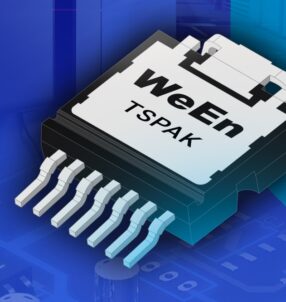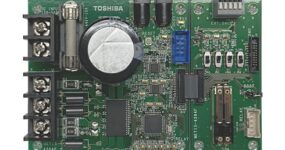
When we think of wearable electronics, devices such as smartwatches, chest-strap heart monitors, and wrist-worn activity trackers come to mind. In the future, and one that is seemingly not that far away, wearables may look like tattoos that are only microns thick.
That may be thanks to researchers from the University of Houston, University of Colorado, and Southeast University in Nanjing, China, who have developed wearable electronics that are so thin and flexible that they are totally imperceptible to the wearer. Apparently they’re even less noticeable than conventional bandages.
The team created a technology from which to build other devices, but as a proof-of-concept, they built a multifunctional wearable electronic device that is only a few microns thick. It is a metal oxide semiconductor on a polymer base, which can be manufactured in one step at relatively low temperatures. This makes it easier to integrate a variety of functional electronic components, which was previously challenging, for use in flexible electronic systems.
The team used their device as part of a closed-loop human-machine interface which allowed a human and a robotic arm to shake hands. Both the human and robot hands had the new electronic sensing technology applied to them. As they came together and felt each other, they used the appropriate amount of strength and time for every handshake, in effect bringing humans and robots closer together.
[“source=medgadget”]
| M | T | W | T | F | S | S |
|---|---|---|---|---|---|---|
| 1 | 2 | 3 | 4 | 5 | 6 | |
| 7 | 8 | 9 | 10 | 11 | 12 | 13 |
| 14 | 15 | 16 | 17 | 18 | 19 | 20 |
| 21 | 22 | 23 | 24 | 25 | 26 | 27 |
| 28 | 29 | 30 | 31 | |||



























